1. A well-planned and executed communication strategy, encompassing pre-launch, launch, and post-launch stages, is crucial for the success of an employee rewards and recognition program.
2. Prelaunch communication should create excitement and inform employees about the program’s goals and benefits, while launch communication should provide detailed instructions on how to participate.
3. Post-launch communication maintains engagement by addressing questions, sharing success stories, and keeping the program visible through ongoing updates.
4. Multiple communication channels, including emails, intranets, collaboration tools, social media, workplace signage, and meetings, should be used to ensure broad and effective outreach.
One key factor for a successful employee rewards and recognition program is a well-designed and executed communication strategy. A lack of proper communication can lead to poor traction among employees and, ultimately, subpar program outcomes.

The organization should ensure that the communication for a successful employee rewards and recognition program is well-planned and executed.
There is usually pre-launch communication, launch communication, and post-launch follow-up communication.
Let’s take a more detailed look at the communication plan for each of these stages:
1. Prelaunch
2. Launch
3. Post-Launch
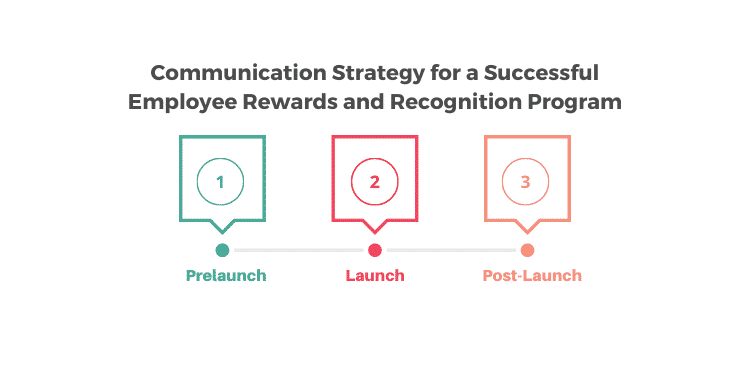

The prelaunch communication aims to inform the employees about the upcoming program and create excitement.
The focus of the communication must be on the goals of the program, expected benefits, and the key highlights. It must try to address the question that every employee would have – ‘what’s in it for me?’.
Hence, a significant portion of the communication should focus on the benefits for different levels of employees, such as monetary rewards and social recognition, greater team motivation and productivity, and the development of a positive culture.
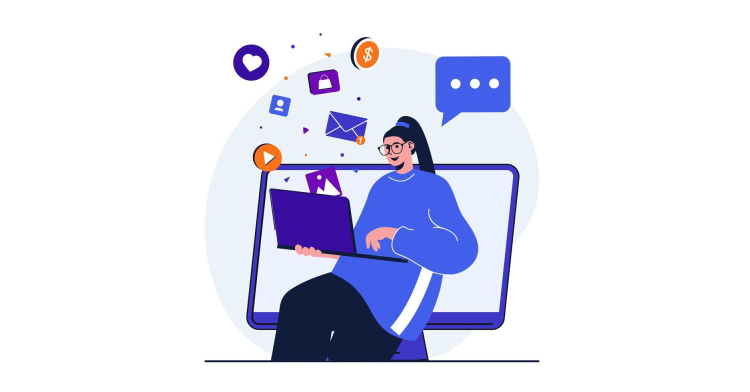
There should be multiple rounds of communication over weeks or months. Each round should focus on one or two key aspects of the program to avoid information overload and to build up excitement.
Another essential objective of the pre-launch stage is to communicate the program in detail to line managers. They are critical stakeholders in the program and must be informed about its launch.
However, the organization often ignores this aspect of communication, and line managers remain skeptical and uninvolved in the program, considering it yet another initiative thrust upon them by management.
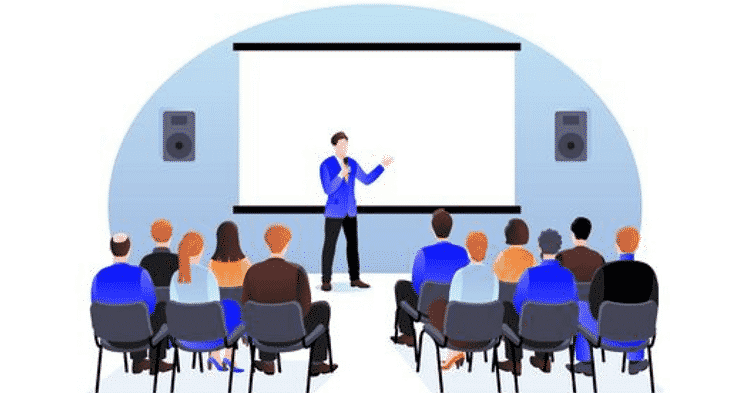
Launch communication should be a grand announcement about the program launch and heightening the excitement about the program that has been building up over weeks or months.
The launch communication should also provide all the details required for employees to start participating in the program, such as logging into the rewards and recognition platform.
The launch communication should be crisp and well-planned. Information provided must be brief; with sufficient details and additional resources.
The communication should be exciting and in sync with the theme of the launch event. It should grab the maximum attention of the employees in a short amount of time.
Such high-intensity communication around the launch event makes it a memorable occasion for the employees so that they can understand the importance of the program for the organization.
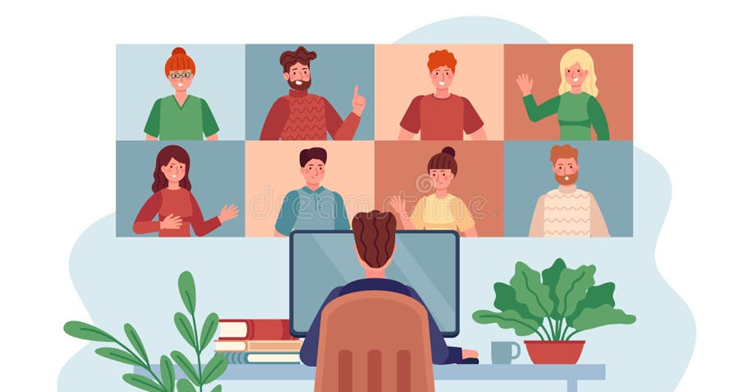
Post-launch communication is as critical as the launch communication.
The key objective of this communication is to drive traction among the employees. It should be for clarifying doubts, answering questions, addressing issues, and reiterating the key aspects of the program
This communication also reminds employees to use the recognition platform and participate in the program. Sharing initial usage data, early success stories, and user testimonials is an excellent way to sustain the momentum and the workforce’s interest in the program.
Making any employee-facing initiative part of the organization’s culture is a challenging task.
Hence, there is no time limit for post-launch communication. It is an ongoing process and important for the continued success of the program.
Constant communication is also necessary as new employees unfamiliar with the program enter the workforce.
Also, it is important to do short bursts of higher-intensity communication from time to time.
Organizations need to utilize multiple communication channels to communicate about the employee recognition program to their workforce.
They can utilize a combination of channels that align with their employee profile and overall communication strategy.
Here are a few:
1. Emails
2. Intranet
3. Recognition Platform
4. Collaboration Tools
5. Social Media
6. Workplace Signage
7. Team Meetings and Townhalls
8. New Hire Orientation
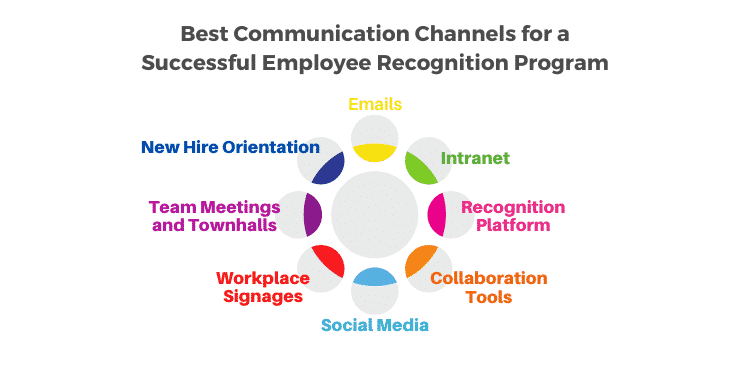
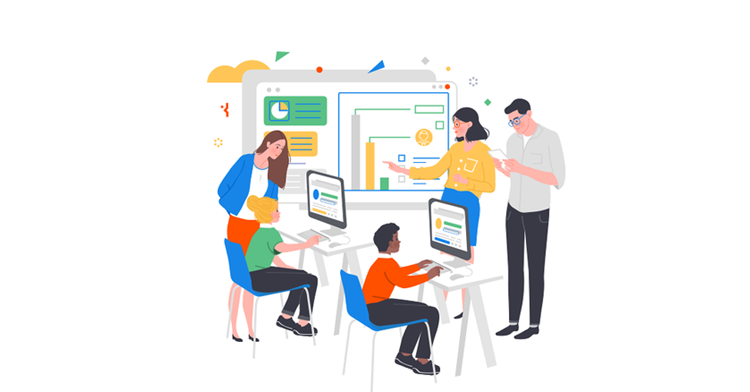
Email is a flexible and convenient channel for prelaunch, launch, and post-launch communication.
The organization can send pre-launch teasers and other communications via email, as well as launch communications.
Also, regular newsletters can be sent over email – weekly or monthly; announcing the winners of the previous period and any updates on the program.
The HR team can email reminders about using the recognition platform and participating in the program. However, one point to remember is that not all employees may have access to an official email account within an organization.

Intranet is another effective communication channel for employee recognition programs.
It can host prelaunch teasers and feature a microsite with comprehensive information about the program, including program goals, highlights, platform features, policy documents, and platform navigation guides.
It can become the one-stop-shop for all program information – communication sent through other channels can refer to the intranet for detailed information.

The employee recognition platform itself is one of the best ways to communicate about and promote the program once it is launched.
Hence, the HR team can post notifications, reminders, and alerts about various aspects of the program on the platform itself.
The organization can effectively leverage the recognition platform, whether it serves as a reminder for employees to recognize one another or provides updates about the program.

Collaboration tools such as Microsoft Teams, Slack, Yammer, etc. can be used effectively as channels to communicate about the program at each stage.
Since employees may be using these tools regularly, the effectiveness of such channels is quite good.
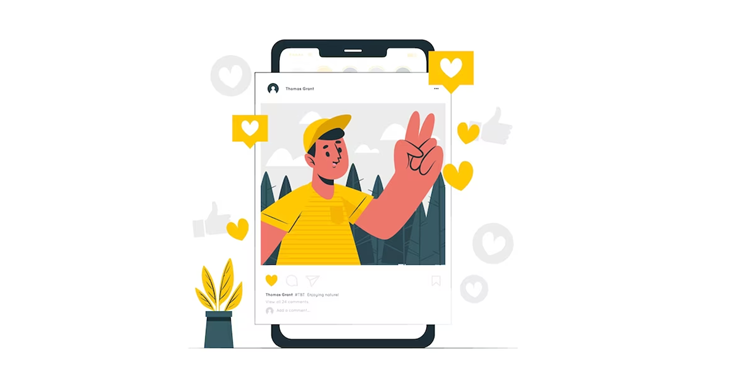
Facebook, LinkedIn, or WhatsApp groups can also be leveraged for sending out prelaunch, launch, and even post-launch communication.
These channels are particularly suited for a workforce that predominantly has no access to official email accounts or has low email usage.

Organizations can utilize LED displays, posters, standees, tent cards, and other visual aids to highlight their employee rewards and recognition program throughout the workplace, near workstations, lobbies, pantries, canteens, shop floors, and other designated areas.
Signages would work particularly well in manufacturing, or retail environments where the use of emails and computers is on the lower side.

While digital and visual communication is critical, meetings as a communication channel are also important.
It is important to conduct meetings, whether in-person or virtual, meetings before and after the launch. So, the launch itself can be a grand event in the form of a town hall.
After launch, the organization should conduct town halls, team meetings, and floor huddles to present awards to employees and communicate updates on the program.
Additionally, the presence of senior leadership in such meetings enhances their impact.
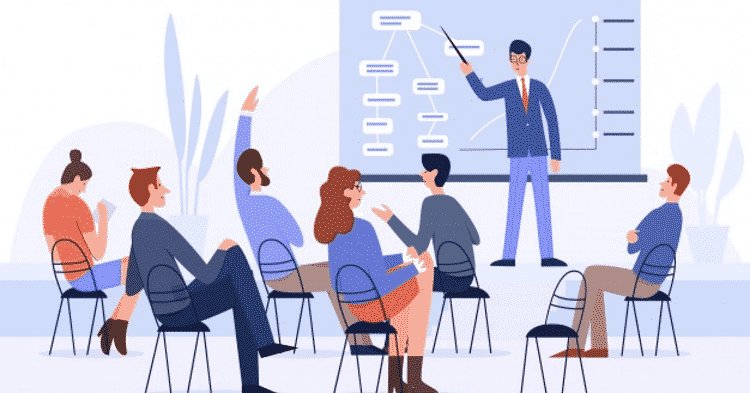
New hires should get to know about the employee rewards and recognition program during their orientation sessions.
These sessions should also provide information about the program goals, policies, benefits, and highlights.
Whatever the modus operandi, consistent and effective communication is critical to building a successful employee rewards and recognition program. Only then the organization can reap its full benefits in the form of a motivated and committed workforce.

Lead author: Sagar Chaudhuri, the Co-Founder and CEO of HiFives. He is an HR Tech Evangelist with over 25 years of experience in both corporate and entrepreneurial settings. Previously, Sagar has held leadership roles with companies such as Genpact, Infosys, and ICICI Bank. He has an engineering degree from IIT Kharagpur and an MBA from IIM Lucknow. Connect on LinkedIn
To stay updated on the latest HiFives blogs, follow us on Twitter (@MyHiFives)